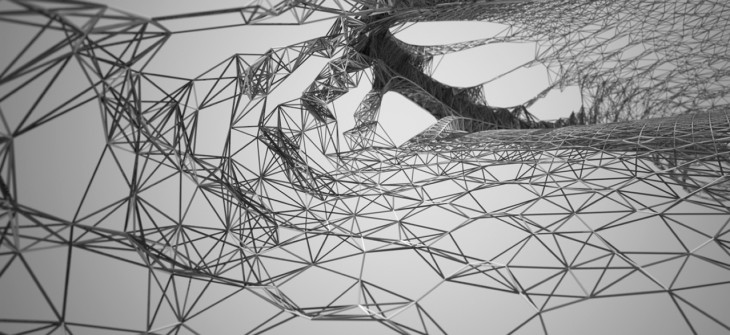Time in modern world is going really fast. Everyday we can observe new inventions in
technologies, mathematics, chemical, physics, etc.With all of it we can go deeper in understanding of live around.
On one hand it makes live easier, on other hand more complex.
We can look on it from point of constructing and engineering. Modern tools can help us to produce more
light and strong structures, safe money and time. Like parametric design which typically refer to biotectonics.
We can find different, great solutions how to produce something from world around (nature), especially in macro world.
It is a difficult goal, because when you want to use this kind of data, you should spent lot of time in details and calculations.
This implies considerable amount of knowledge, but finally it could be great result.
Architects and engineers of nowadays can use all power of mathematics in theirs work. For example a geodesic structure
of British Museum in London by Norman Foster + partners. It was a really specific goal how to cover roof space of quiet old building
and develop courtyard inside. Because of the shape of rooftop it was really difficult to use classic methods of hyperboloid structures.
But they solved this problem by deep mathematician calculations, that helped to build completely light and modern form.
Anyway humanity goes straight forward to future and it would not be a place for old expensive, costly on money and materials
ways of building. For it we should genesis new forms and new types of understanding Architecture.





